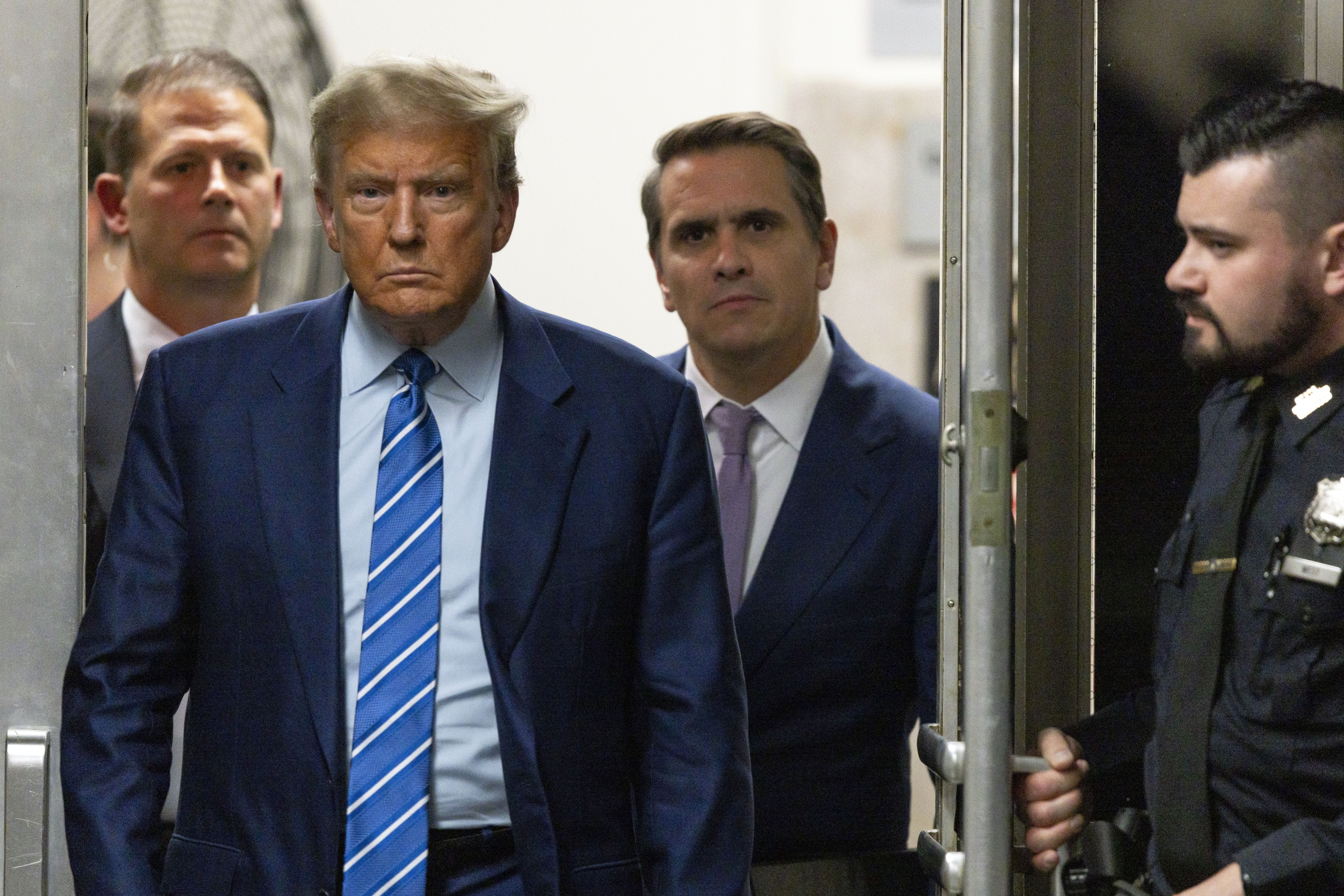A campaign to put a measure that would turn California into six distinct states on the ballot has collected 1.3 million signatures, proponents said Tuesday — more than enough to put it on the 2016 ballot if they are all valid.
The news on the controversial idea came via media conference in Sacramento on Tuesday, and on the group's Twitter page. The signatures will need to be verified and certified by the secretary of state. Slightly more than 800,000 valid signatures are needed to place the measure on the ballot in two years.
Venture capitalist Tim Draper and his supporters shave been working hard to take this idea straight to California voters because the plan would require a constitutional amendment.
With California home to 38 million people and the nation's most populated state, Draper said the state has become ungovernable and can no longer meet the needs of its citizens.
Draper has invested $5 million into his efforts to get California split into six states. And while many people have signed on to the idea, most political experts think the chance of it actually becoming reality are unlikely. The latest Field Poll showed that 59 percent of those surveyed opposed the idea.
#SixCalifornias announces the turn-in of 1.3 million signatures. 2016 here we come! pic.twitter.com/kJWqi9L7ac — Six Californias (@SixCalifornias) July 15, 2014
U.S. & World
News from around the country and around the globe
"I think it's crazy," Linda Parent of San Francisco said early Tuesday morning.
And speaking from Washington, D.C., U.S. Rep. Loretta Sanchez (D-Orange County) said she didn't like the idea either.
“I’ll be voting against that ballot iniative in California," she said. "One of the great things about having a state like ours, is it’s so diverse in people, different industries and economies. I think together we’re the sum of the parts is so more than breaking up the state.”
But John Lane, also of San Francisco, didn't completely write off the idea. "It's a complex issue but an interesting one."
NBC Bay Area political consultant Larry Gerston questions the many potential pitfalls of the plan. How would water be shared among the six new states? Would the state prisons be relocated? How would students who attend University of California schools pay tuition - would they pay out-of-state rates? And would Congress really approve a plan that gave the region 12 senators instead of the current two?
Still, Gerston added, the idea isn't dead on arrival either.
"You wonder if it might pass because so many people are so fed up with government," he told NBC Bay Area in a previous interview. "And even if it only qualifies for the ballot, it still speaks volumes."
Here is how the proposal would divide the state:
- Northern, rural California would become the State of Jefferson
- Area from Wine Country and Sacramento to Lake Tahoe would become North California
- The State of Silicon Valley would run from San Francisco to Santa Clara County
- Much of the state's Central Valley would become Central California
- The Los Angeles County basin would be called West California
- The area from San Diego to the desert in the east would become South California
NBC Universal's Jennifer Vasquez contributed to this report.



